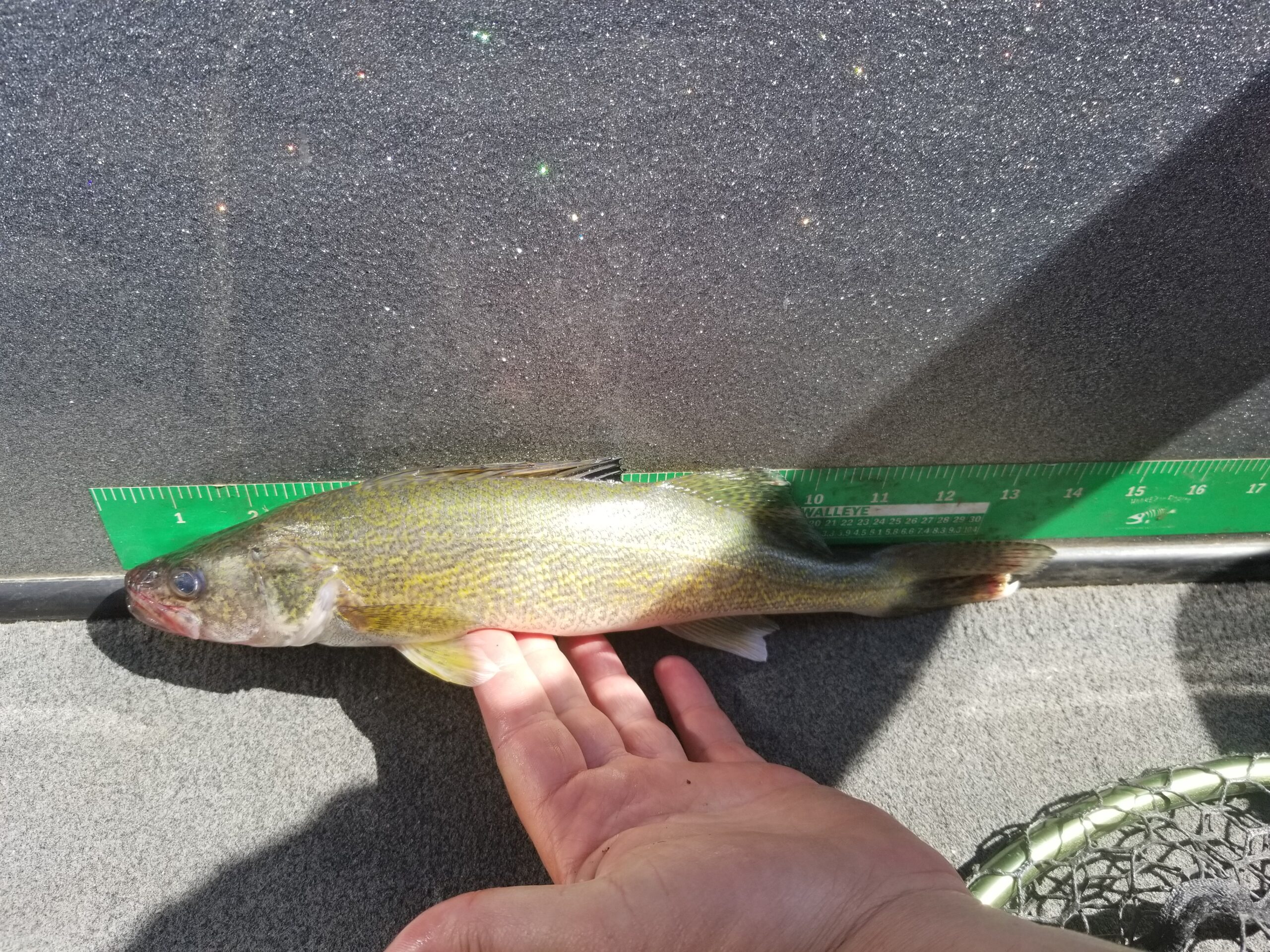ND Outdoors
Doug Leier | Outreach Biologist
Count me among the anglers who have lived through the drought of the 1980s and witnessed firsthand the 25-plus years of booming fisheries of North Dakota, which few will argue began with the 1993 drought busting and continues to a lesser degree today.
Anglers recall when North Dakota fishing waters were fewer than 200 and now number around 450. I’ll also agree with the philosophy that we’d like to keep our fishing as good as we can for as long as we can. Who wouldn’t?
So, along the way I’ve heard anglers suggest differing regulations could or should be implemented to help preserve or maintain the fisheries. My short answer is it wasn’t regulations that created the “good old days” of fishing which we’ve been enjoying. And there’s no regulations that would save our fisheries from a 1980s style drought. Like it or not, it’s hard to argue.
Before you start firing off emails, realize the fisheries biologists trusted with the responsibility of managing our fisheries love the fisheries like you do. They realize some regulations can be implemented socially without much of an impact on the fishery. So, when it comes to implementing slot limits, one-over or trophy regulations, there’s plenty of biology and data to consider.
Walleye anglers care about the resource and often express concern when they believe their peers are keeping too many small or big fish. These anglers often think a length limit will solve the problem, and sometimes they are correct. Length limits, if applied appropriately, can help improve or protect a fishery. However, when applied inappropriately, length limits can harm the fishery they were meant to protect.
Minimum length limits are likely to benefit fisheries that meet all of the following:
· Low reproductive or stocking success.
· Good growth.
· Low natural mortality.
· High angling mortality (fish dying from harvest or after release).
Maximum length limits (one fish longer than 20 inches, for example) are likely to benefit fisheries that meet all of the following criteria:
· Reproduction is limited by the number of adult fish.
· High angling mortality of large fish.
Harvest slot length limits must meet all of the requirements for a minimum length limit and a maximum length limit, since they are basically a combination of the two.
Protected slot length limits are likely to benefit fisheries that meet all of the following criteria:
· Good natural reproduction.
· Slow growth, especially for small fish.
· High natural mortality of small fish.
· High angling effort.
Minimum Length Limit
Currently, the Devils Lake walleye population does not meet many of the criteria necessary to benefit from a minimum length limit.
In 2008, walleye growth was similar to the North American average, but in recent years, growth has been slower. Reproduction and stocking success is generally good, and total mortality is
low, so angling mortality isn’t excessive. Additionally, with high numbers of smaller walleye in the lake most years, a minimum length limit would needlessly restrict harvest opportunities for anglers and could further decrease growth due to increased competition if some fish were protected by a minimum size limit.
Maximum Length Limit and One-over Limits
Today, Devils Lake’s walleye population does not meet any of the criteria necessary to see a benefit of a maximum length limit.
Large walleye hatches of late indicate that current regulations are maintaining sufficient numbers of adults in the lake. Six of the seven largest hatches, in fact, have been produced since 2008. While the percentage of adults longer than 15 inches in 2012 was relatively low at 24%, the second largest walleye hatch ever was recorded, indicating there are ample adults in the lake to produce a good hatch if conditions are favorable.
Protected Slot Length Limits
Currently, the Devils Lake walleye population does meet some of the criteria necessary for a protected slot length limit to be effective, but not all of them. Natural reproduction tends to be good, growth is slower than average, and angling effort is significant. However, natural mortality of small walleye is relatively low, so forcing anglers to harvest small walleye would be wasteful as these fish could be allowed to grow over time. Additionally, fish in a protected slot limit don’t really need the protection, as total mortality of the population in general isn’t excessive.
Before you climb on board and suggest “we need new fishing regulations,” ask yourself if it’s based on biology or not?


